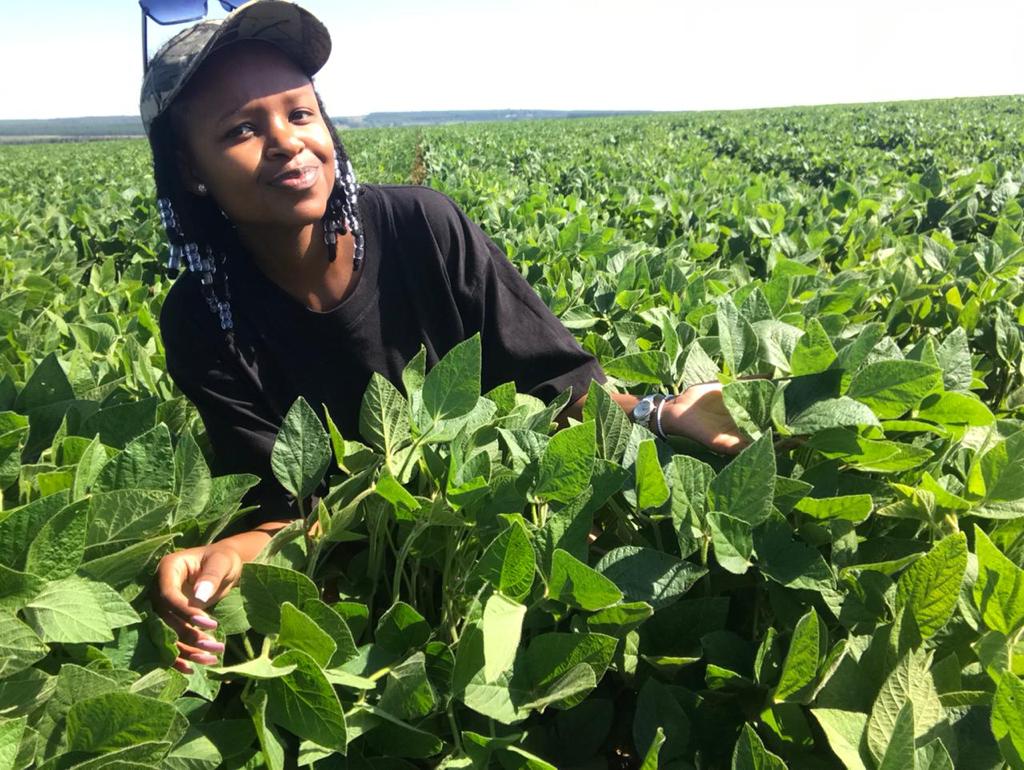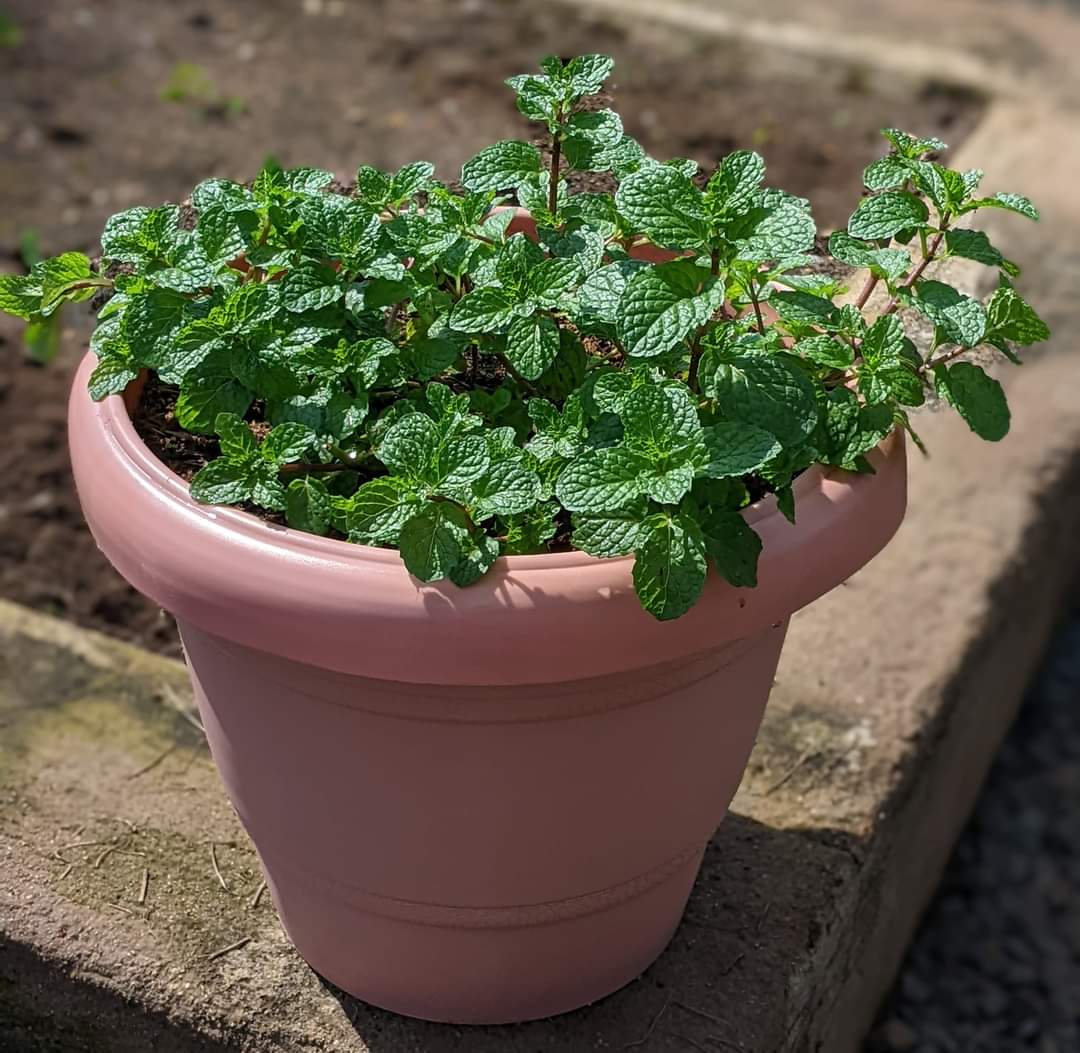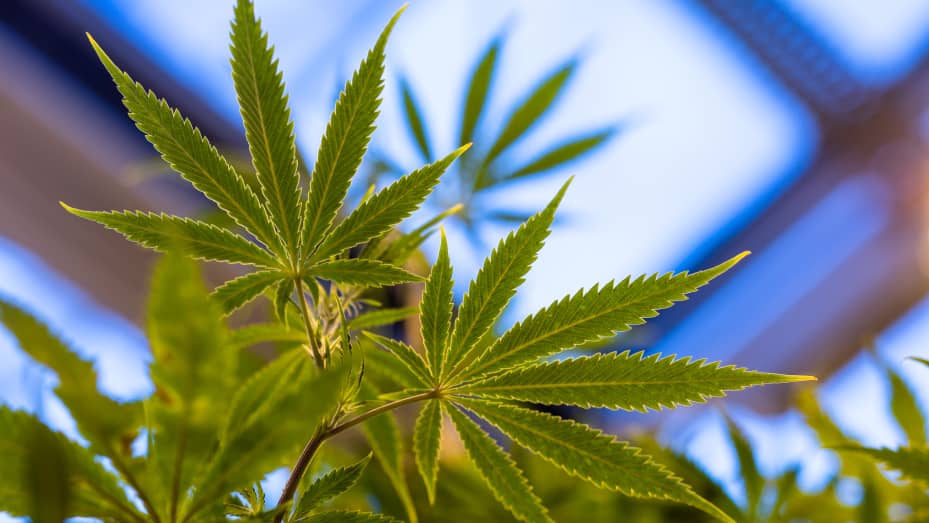Beans is also an important crop in the region, being a valuable source of protein for human consumption.
The most popular bean varieties are of the speckled sugar bean type. Beans are particularly susceptible to a wide range of diseases, and seed breeding activity has placed emphasis on developing sugar bean varieties that have resistance to the major diseases.
Sugar beans are a good substitute for meat on account of their high protein content. The grain is easily stored, making it a useful crop for subsistence use, ideal seed should be a high-yielding variety with very acceptable seed appearance and cooking quality. It also should have resistance to the important diseases.
Sugar Beans Production Guidelines
Farming can be a rewarding venture if the appropriate crop is planted in the right regions at the right time with the right inputs. Sugar beans are one of the few crops in Zimbabwe which have a four figure producer price. Sugar beans have a very huge market as they are consumed by every household and large institutions such as boarding schools and prisons. This guide has been designed to assist the ambitious farmer who desires to venture or improve the production of his sugar beans. This guide will cover farming regions, climatic requirements, cultivation practices, pest and weed control, and harvesting.
- Climatic Requirements:
Sugar beans are an annual crop which thrives in warm climates. It grows optimally at temperatures between 18 to 24oC. The maximum temperature during flowering should not exceed 30oC. High temperatures during the flowering stage leads to abscission of flowers and poor pod set, resulting in yield loss. Day temperatures below 20oC will delay maturity and cause empty or immature pods. Sugar beans should be cultivated under rain-fed conditions which record a minimum of 400 to 500mm rainfall during the rain season. However, an annual rainfall total of 600 to 650mm is considered ideal.
- Soil Requirements:
Beans have to be planted in warm soil (minimum temperatures preferably above 13oC) after all danger of frost has passed. Beans grow well in soils with a depth of at least 90cm, which have no nutrient deficiencies and are well drained. Sandy loam, sandy clay loam, or clay loam with clay content of between 15 and 35% is suitable. With sandy soils, problems of low fertility or nematode damage may occur.
Seedbed preparation for planting of dry beans follows the same pattern as that for any crop planted in the spring. The seedbed must be deep, level and firm as this ensures better surface contact between the seed and the soil, increasing the absorption of moisture. A level seedbed also facilitates planting to a uniform depth.
- Planting Date:
The most suitable planting date is determined by the following factors:
- Soil temperature.
- Probability of heavy rain, which may lead to soil encrustation and restrict seedling emergence.
- Possibility of high temperatures later in the season, which may cause blossom drop.
- Length of growing season (high temperatures during flowering, rain during harvest and frost damage should be avoided).
- Crop rotation programmes (position of the bean crop in the total set up, i.e. planted after another crop such as maize).
Planting dates are restricted mainly by the possible occurrence of frost (planting too late), rain at harvesting, resulting in poor quality (planting too early). Planting dates in Zimbabwe range from October to mid-January in areas where frost occurs. In frost-free areas, March and April are the best for planting beans.
- Spacing and Plant Population:
The inter row spacing for all types of beans under commercial production 900mm because dry beans are usually cultivated in rotation with maize. For early maturing cultivars, especially those with determinate growth habit, a row spacing of 750mm is recommended in the case of mechanisation. Planting depth is determined by the soil texture and its moisture content. Generally the seeds are placed 2.5 to 5.0cm below the soil surface.
- Fertilisation:
It is recommended that that beans be planted on soils which have been well fertilised previously. Additional fertilisers are more efficient when there is already some degree of fertility. The Windmill recommended basal fertiliser is Windmill’s Compound D (7:14:7).
- Irrigation:
Irrigation offers the potential for increasing yields and enabling production in otherwise unsuitable soils. Sprinkler irrigation is the most frequent means of irrigation for sugar beans. The sprinkler irrigation system used is determined by the size and shape of the lands, as well as available labour and capital. In areas where water is unrestricted (not merely supplementary irrigation), the soil should be wet to field capacity. The seedbed should be prepared and planted and thereafter the field should not be irrigated until seedlings have emerged. Irrigation scheduling is essential for optimum yield per unit of water. The critical moisture-sensitive growth stages are flowering and early pod set which occur at 40 to 50% and 50 to 60% of the growing season. It is important that irrigation cycles should be scheduled correctly, as excessive moisture can create conditions conducive to root rot and Sclerotinia. Moisture stress can also aggravate some root rots such as Fusarium oxysporum. Irrigation should cease when a quarter of the bean pods have turned yellow. For the correct irrigation scheduling, expert advice must be obtained.
- Weed Control:
Efficient weed control is a pre-requisite for high sugar bean yields. Sugar beans compete poorly with weeds as they are slow-growing plants and do not easily overshadow weeds. Early control is extremely important because the root system of the plant develops at this stage and some weeds secrete chemical substances which inhibit plant growth. At a later stage, weeds hamper harvesting and threshing processes and adversely affect the quality of the crop.
Mechanical
Mechanical weed control should begin during seedbed preparation (remove all weeds) and be repeated with a tiller between the rows when necessary up to the flowering stage. Care should be taken that implements do not damage the crop by using row spacing’s which permit easy access and taking care that roots are not damaged. Cultivation between the rows is also advantageous because it loosens the soil and improves aeration and water penetration. Weeds in the rows have to be pulled by hand.
Chemical
Chemical weed control can be implemented at planting or before and/or after emergence. Sufficient herbicides have been registered to control all weeds throughout the entire growing period of sugar beans.
- Insect Pest Control:
Pests and diseases may have been partially responsible for unstable production of the past. Incidence and severity vary between seasons owing to environmental and management practices. Integrated pest management, using all suitable control measures is recommended.
- Harvesting:
Sugar beans have a moisture content of 50% at physiological maturity. The beans however are only ready for harvesting when the moisture content drops to 16% (the ideal being 15%). Seeds may split during threshing when the moisture content is less than 12% and such seeds are rejected by canners and seed companies and is difficult to clean without further seed split or broken coats occurring. Sugar beans should be harvested when all the pods have turned yellow, but before becoming so dry that they begin to shatter.
The plants are pulled by hand and threshed by driving a tractor over them on a threshing floor. Smaller quantities can be threshed by hand by beating with a stick in a hessian bag. The seed can be separated from the chaff by using the wind.
Sugar beans can be harvested in three ways:
- Partially mechanised systems: the plants are pulled by hand placed in windrows and threshed with a harvester or stacked where after they are threshed with a stationary threshing machine.
- Fully automated system: the beans are pulled mechanically, raked into windrows and threshed with a stationary threshing machine.
- Fully automated system: the beans are pulled mechanically, raked into windrows and threshed by means of an automated combine.
The following tips may be useful:
- Beans should be pulled when the moisture content of the pods is temporarily high (to prevent shattering), i.e. early in the morning before the dew has evaporated.
- Mechanised harvesting must be done when there is no danger of the crop being damaged by rain.
- To prevent cracking and splitting, beans should be threshed at slow speeds with a machine with abaxial flow threshing mechanism.




